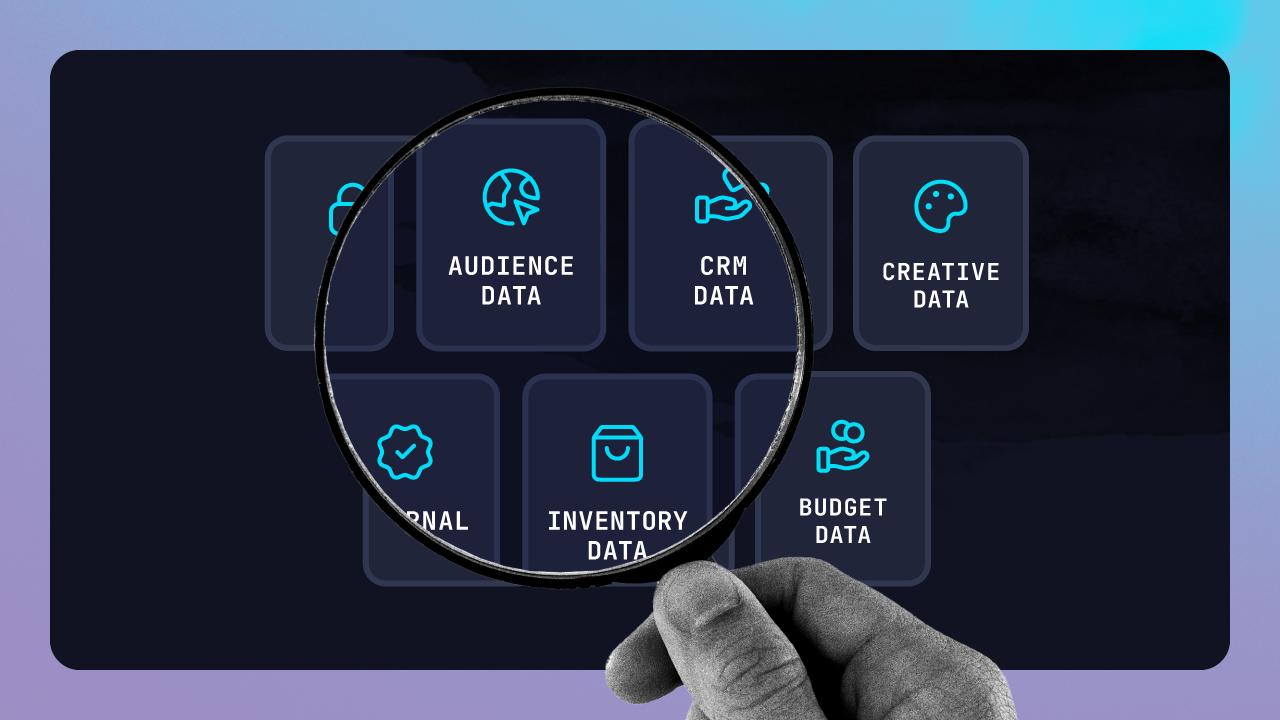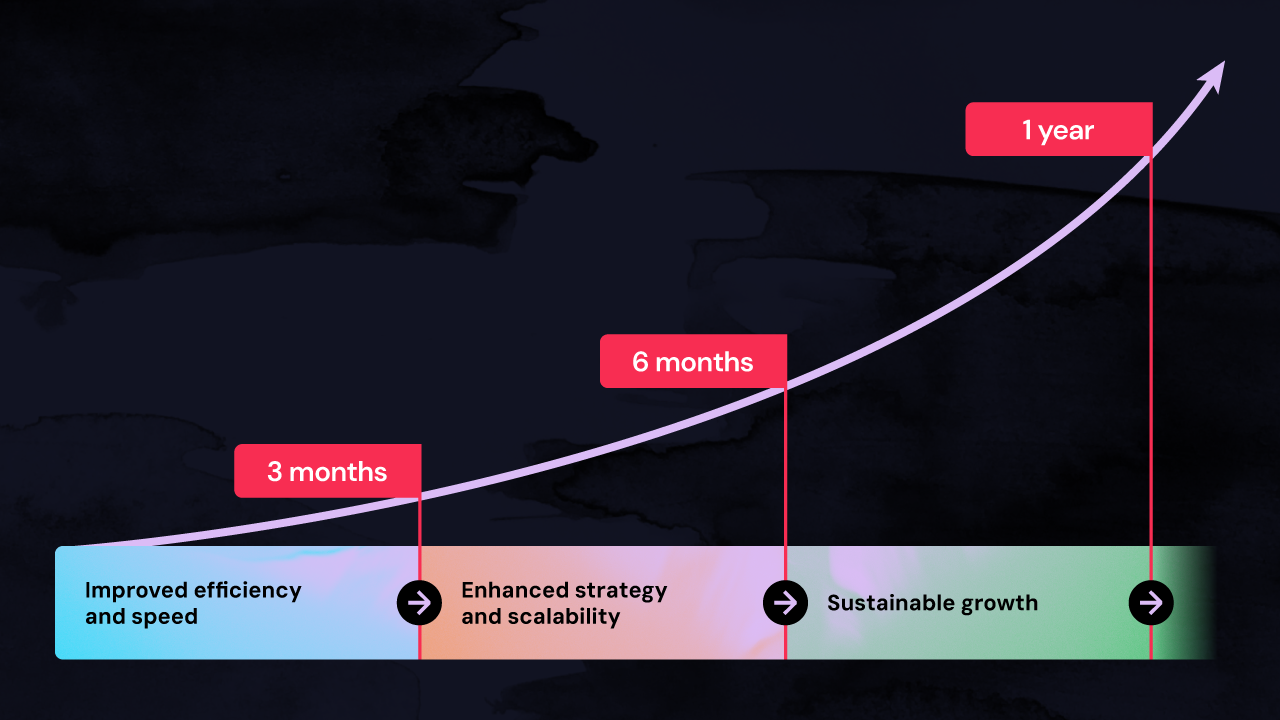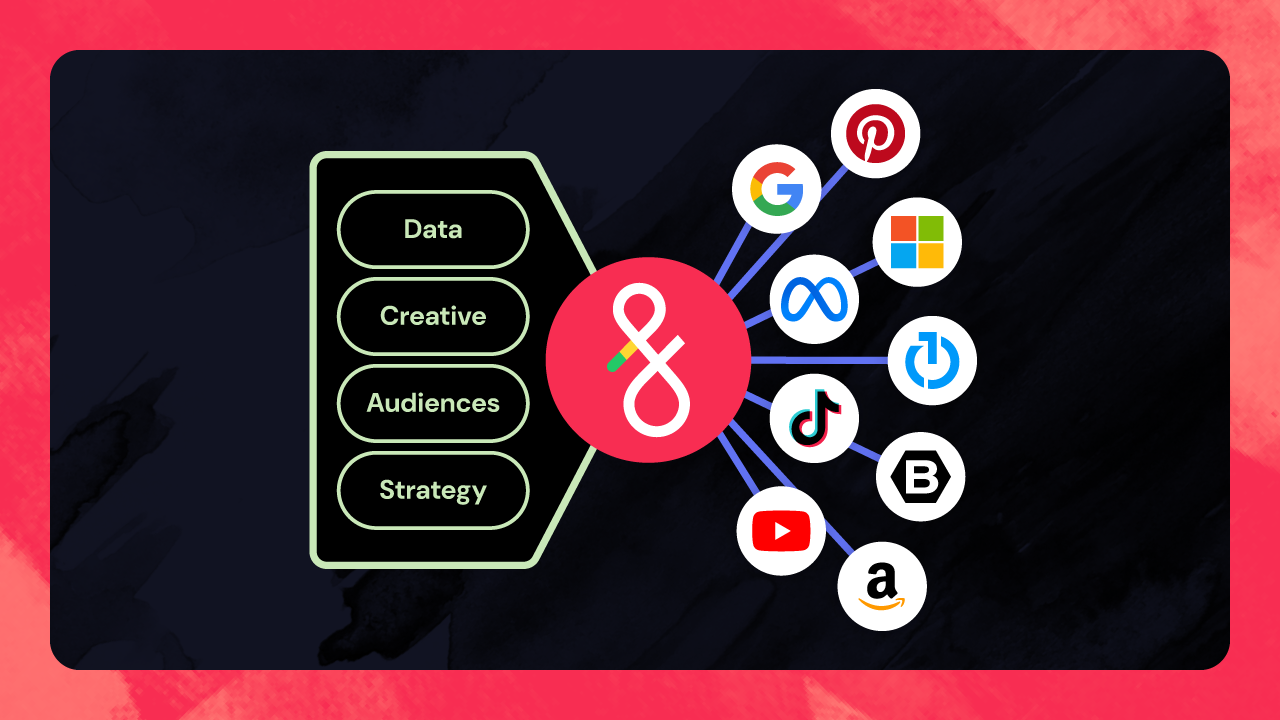Here’s the hard truth: tools like AI and automation are only as good as the data you’re feeding them. Unless your data is set up to be properly utilized by these tools, they’ll never live up to the ROI you’re expecting.
This is where data readiness comes in. Think of data readiness as the foundation your advertising strategy is built on. Without it, even the most advanced advertising AI and automation tools will fail to deliver.
Taking the time to make sure your advertising data is structured, accessible, consistent, and compliant, you're setting your team up for future wins across multiple AdOps workflows. Let's break down what data readiness is, why it’s crucial to modern digital advertising, and how it empowers high-performing advertising operations.
What is data readiness in digital advertising?
At its core, advertising data readiness is all about making your advertising data flow seamlessly between all your systems, teams, and tools. By doing so, you can confidently use your advertising data within automation and AI systems. This enables you to execute your AdOps across thousands of campaigns without getting bogged down in technical tasks: the ultimate efficiency goal for many advertisers today.
There are four core pillars to data readiness in digital advertising:
- Structure: Structured data is organized in a predefined, easily searchable format that can be read and understood by both humans and machines. It’s also a must for automation, as “valid when” rules only work when data can be understood by machines without human interpretation.
- Accessibility: Data isn't useful if it's siloed. Accessible data exists in both a format and a location for access by other people, systems, or tools.
- Consistency: Data consistency ensures that data is accurate and up-to-date everywhere it lives or is accessed. This eliminates confusion and minimizes errors. Consistency applies to a wide range of data attributes, such as naming conventions, formats, and values.
- Compliance: Compliant data adheres to legal requirements, regulations, and security or data privacy standards. Compliance includes how data is collected, stored, processed, and shared (think about how your company handles PII, for instance) to protect sensitive data and mitigate security risks.
Why data readiness sits at the core of high-functioning AdOps
Data readiness enables you to put strategic decisions at the core of your advertising strategy instead of focusing on technical execution. When data drives your advertising strategy and execution:
- Your CRM customer data can flow seamlessly to ad servers for highly personalized targeting strategies or lookalike audiences.
- Point-of-sale inventory updates can trigger dynamic campaign headlines or ad copy changes across channels.
- Real-time performance data can automatically surface underperforming campaigns, helping your team focus their efforts on impactful strategy optimizations.
- AI can analyze historical multichannel campaign data to identify patterns and best practices, enabling your team to replicate successful strategies without starting from scratch.
In short, removing data silos and making data readable by multiple systems means your advertising data is actionable everywhere at once.
The platform-agnostic truth about advertising data readiness
The most common misconception about data readiness is that people assume that AI will fix messy data. Spoiler: it won’t.
Without data readiness, even the best AI and automation tools underperform. Data readiness is a platform-agnostic requirement for AI and automation tools. Regardless of what vendors or tools you use, any AI or automation solution will require data to be structured, accessible, consistent, and compliant to guarantee valid outputs and useful results.
You can have the most powerful AI algorithm in the world, but if the data fed into that algorithm is inaccurate, the AI will deliver inaccurate results.
The same concept holds true for automated systems. Automation can't function correctly if data is fragmented or inaccurate. Feeding poor data into these tools can be detrimental, both for your team operations and client performance. For example, budget pacing algorithms might misallocate spend; targeting parameters may drift off-course; bidding strategies may optimize toward the wrong signals.
How can prepared data power my advertising campaigns and operations?
When advertising data is properly prepared, it is a powerful force in your daily campaign management, optimization tasks, and operational processes. Pulling data into the tools you use for building and managing campaigns means hyper-local targeting, more efficient ad spend, and better overall campaign performance.
Let’s look at some examples of how structured data fits into AdOps workflows.
Campaign launches
When everything—naming conventions, audience lists, creative assets—is standardized for usage in one system, you can launch campaigns faster and with fewer errors. Structured data enables you to launch hundreds or thousands of multichannel, multi-location campaigns simultaneously.
Example: a retail brand can feed structured product feeds into a Digital Advertising Operating System (DAOS) to dynamically create thousands of localized campaigns across multiple channels in minutes instead of manually building each one.
Audience targeting
Using first-party audience data to create look-alike audiences or retargeting segments improves targeting precision and personalization at scale. Best of all, putting audience data at the core of your targeting strategy eliminates guesswork, ensuring the right messages reach the right audiences.
Example: You can integrate clean, structured audience data from your CRM to help with audience building, resulting in hyper-targeted campaigns informed by real customer behavior, demographics, or purchase history.
Performance measurement
Building multichannel performance reports using manual data pulls from each publisher platform is equal parts time-consuming and cumbersome. Pulling structured performance data into one system, like a DAOS, gives teams real-time insights to identify trends and make data-driven decisions from one centralized location.
Example: Viewing multichannel performance data in one system helps teams identify underperforming campaigns across multiple channels at once. This makes it easier to reallocate budgets or adjust strategies on the fly.
Budget optimization
Compliant, clean data enables automation tools make smarter bidding decisions on behalf of your teams. Automating day-to-day advertising budget management reduces manual intervention and minimizes the risk of overspending or underspending.
Example: Structured budget data can be used to automate budget pacing strategies for every account in your portfolio. Teams can confidently keep campaigns within budget and maximize ROI, even after working hours or on the weekends.
How do I know if my advertising data is ready for AI and automation?
Assessing your data readiness is a critical step toward unlocking the full potential of your advertising operations. Here are three quick diagnostic questions you can ask to gauge if your data is ready:
- Is your data centralized and accessible to both humans and integrated technologies? For example, can your team and tools easily access audience lists, creative assets, and performance metrics from a single source of truth?
- Are your naming conventions, taxonomies, and data formats consistent across all platforms? For example, do campaign names follow the same structure across different channels?
- Can you easily audit and update your data sets? For instance, if a client changes their monthly budgets or targeting parameters, can you quickly locate and update the relevant data without disrupting workflows?
If you answered “no” to any of these questions, your data may not be fully ready for use with advanced tools like AI and automation.
Our “The Complete Guide to Data-Powered Advertising” breaks down everything you need to know about data readiness to integrate these technologies into your AdOps workflows for maximum effectiveness and impact. The guide includes a step-by-step outline showing how to prepare your specific advertising data so AI and automation can power your ad strategies.
Common follow-up questions about data readiness for advertising operations:
1. Why does data readiness matter If I use a Digital Advertising Operating System like Fluency?
Effective, scalable campaign management doesn’t come from optimizing manual execution. It comes from structuring and systemizing your data so automation can actually work as intended. Even the most advanced AI and automation tools will give you poor results if they are fed inaccurate, noisy, or incomplete data.
2. What does it mean to “systemize” our data before automating?
As our CPO, President, and co-founder Eric Mayhew likes to say, “you can’t automate what you haven’t systemized.” That means defining consistent structures, naming conventions, and processes for how your team collects, organizes, and uses data. Without that foundation, automation can’t function efficiently, if at all.
3. Is preparing advertising data for automation hard to do?
We won’t sugarcoat it: data readiness is a lot of work for some organizations. Many agencies find that preparing their data for automation gives them the push they need to clean and organize their data—a task they’ve often put off because it’s too daunting. With the right guidance, though, data preparation can be manageable. It’s important to remind yourself (and your team) that properly preparing data early on will have huge payoffs down the road, preventing errors and reducing rework.
Ready to build your data-powered advertising operations?
Data readiness is a journey, not a one-time task. Taking the right steps, however small, can go a long way toward making the process manageable for your team while driving long-term success.
When you get data readiness right, the benefits are clear: faster campaign launches with fewer errors, more precise targeting and personalization, and less time wasted on manual tasks and rework. To achieve these (and other) gains, you’ll need clean, organized data so tools like AI and automation can deliver meaningful results for your AdOps teams.
If you need a play-by-play strategy to prepare your data for these technologies, take a look at our “Complete Guide to Data-Powered Advertising.” It can help you lay the foundation for data-informed decisions and optimized multichannel ad campaigns.






